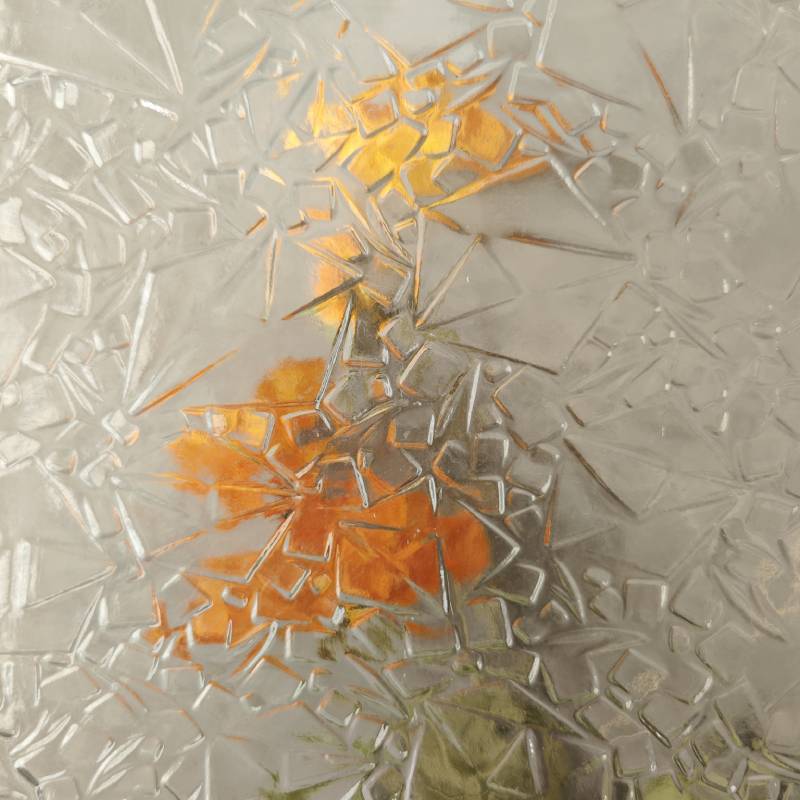

Low-E Glass Surface Coating Enhancing Energy Efficiency and Comfort
In the era of increasing energy consumption and environmental consciousness, the demand for energy-efficient building materials has never been greater. One such innovation that has gained prominence is Low-E (low-emissivity) glass, which incorporates a specialized surface coating designed to enhance thermal performance while maintaining natural light transmission. This article will explore the features, benefits, and applications of Low-E glass surface coatings.
Low-E Glass Surface Coating Enhancing Energy Efficiency and Comfort
The benefits of using Low-E glass surface coatings are manifold. Firstly, they contribute significantly to energy savings. The reduction in heat loss during winter and heat gain during summer leads to decreased energy consumption, which not only lowers utility bills for homeowners and businesses but also reduces the overall carbon footprint associated with energy production. In fact, studies have shown that replacing conventional glazing with Low-E glass can reduce energy costs by up to 30%.

Secondly, Low-E glass enhances indoor comfort. By maintaining more stable indoor temperatures, it helps in minimizing drafts and creating a more pleasant living or working environment. Furthermore, the reduction of UV radiation can protect furnishings, artwork, and flooring from fading, thus preserving their quality and extending their lifespan.
In terms of applications, Low-E glass surface coatings are versatile and can be used in various settings, including residential, commercial, and institutional buildings. Architects and builders are increasingly integrating Low-E glass into new constructions, retrofitting older buildings, and installing it in windows, doors, and skylights. The glass is available in several variations, including soft coat and hard coat Low-E products. Soft coat Low-E is typically more effective in reflecting heat but requires additional protection; it is often used in insulated glazing units. In contrast, hard coat Low-E is more durable and suitable for single-pane applications but is less efficient in its thermal performance.
Moreover, Low-E glass can also be combined with other energy-efficient technologies, such as double or triple glazing, gas fills (like argon or krypton), and advanced framing materials. This synergistic approach can lead to even greater improvements in energy performance.
In conclusion, Low-E glass surface coatings represent a significant advancement in building technology. Their ability to control heat and light transmission not only promotes energy efficiency but also enhances indoor comfort and aesthetics. With ongoing innovations and increasing awareness of sustainability, Low-E glass is poised to play a crucial role in the future of construction and architecture, paving the way for greener and more energy-conscious building practices. As the demand for eco-friendly solutions continues to rise, Low-E glass will undoubtedly remain at the forefront of the conversation on energy-efficient design.